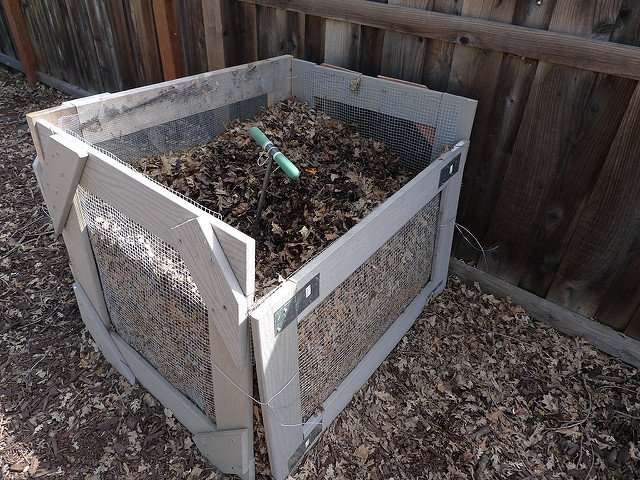Composting 101: How to Make a Compost Pile
If you’re someone who throws leftover food into the garbage while wishing you knew how to make a compost pile, you’ll be pleased to know that setting up a composting system at home isn’t as much work as it sounds.
Using your own compost in your garden is like having your own full circle operation. The organic peel from the banana your child ate now goes into the ground to nourish your next round of homegrown vegetables. Not only does composting keep you from . needing chemical-based fertilizers, it also helps fight climate change.
Food waste in landfills generates methane, a potent greenhouse gas. By composting wasted food, methane emissions are significantly reduced (source).
COMPOST PILE PREP
Start by clearing the perfect patch of ground by:
- Choosing a space away from trees or fast growing vines as the roots of these plants can enter the compost pile and take away much needed nutrients.
- Removing weeds from the area you are going to make into your compost pile so the seeds from the weeds don’t germinate when you lay your compost on your garden beds.
- Identifying a space which is slightly elevated so that it will have good drainage.
- Positioning your compost pile away from the house and shed as the pile can attract insects.
- Placing your compost pile away from a wooden fence or deck as the compost can stain and rot wood.
Related: How to Compost with Worms
BUILD THE COMPOST PILE
- If you are building a large compost pile, put in pathways approximately every few feet, so you can move around with a wheelbarrow.
- Line the path with ground cloth or landscape fabric to stop it being invaded by roots from other trees.
- If you see burrowing animals in your area such as moles or groundhogs, line the bottom of your compost pile with chicken wire.
START ADDING KITCHEN & GARDEN WASTE
- Gather separate piles of green and brown waste
- Green waste is high in nitrogen and includes things like vegetable scraps and grass clippings, and manure from animals.
- Brown waste has a high carbon content and includes things like leaves, dry grass and twigs.
There are also a number of simple tools you can use to help you manage and maintain your compost pile, and help you create the best organic matter in the neighborhood:
- Compost starters: There are a range of natural substances available which can activate your compost pile to speed up the decomposition time.
- Compost sifter: If your compost is ready to be used on your garden but is still a little lumpy, you can use a compost sifter to filter your pile into smooth topsoil for your garden beds. A sifter is easy to clean and add to your gardening kit, and can also help you get rid of unwanted items in your compost heap such as sticks which were too large to break down, or bones which got thrown in my mistake.
- Compost thermometer: It is essential your compost pile is at the right temperature, otherwise the materials won’t decompose properly. Too cold and you won’t have any rapid breakdown of materials and too hot and you may need to add some water so the pile doesn’t dry out.
- Compost pail: Place a metal or ceramic pail (or a small bucket or container you already have) in the kitchen to remind you to put aside your kitchen waste for composting.
- Compost turning tools: Another important part of managing your compost pile is making sure it is turned and aerated regularly. You can do this with a compost aerator which looks like a rod with protruding prongs at the bottom and when it is plunged into the pile it both aerates and turns the materials. You can also use a standard garden fork to penetrate and turn your compost pile.

